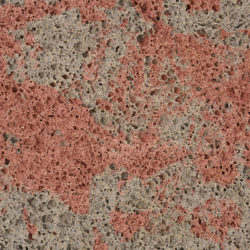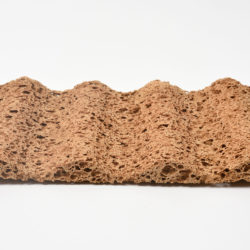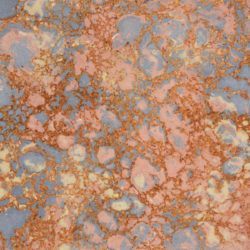FORM DUST
Description
FORM DUST is a material-based research project to develop a sustainable, biodegradable and recyclable material, made entirely from plant materials, with sound-absorbing properties.What is the Topic?
The work focused on material experiments to foam sawdust with a view to a possible application as a sound absorbing and recyclable material. Sawdust accumulates as process waste in the woodworking industry like sawmills. In the experiments, sawdust should not only be seen as a waste product, but should also be returned to the material cycle. At the end of its use, the material can either be recycled - or biodegraded. It was also important for personal ethical and ecological reasons that none of the raw materials used had an animal origin.
Why does it look like this?
The foaming of the developed mass creates air chambers that run through the material. When wet, the mass can be coloured with vegetable or mineral pigments and given any desired shape. After drying, the mass becomes firm and stable and can be processed further like other wood-based materials. Sanding, sawing, drilling and milling is therefore possible. When sanded, the material has a porous surface with a visible irregular pore structure. These air holes can be left open or filled with a coloured wood filler to obtain a smooth and closed surface.
What is special?
At the end of use, the material can either be recycled, thus closing the material cycle, or it can be biodegraded. As it consists only of vegetable matter, it is ecologically safe and does not release any toxic substances into the ambient air. It can therefore be used optimally in the interior. Due to the high sawdust content, the material has a pleasant smell of wood and is particularly light due to the air chambers, which additionally reduces CO2 emissions during transport.
What is new?
Pure sawdust is foamed with a completely vegetable binder, which results in a porous surface and air chambers within the material. This surface structure results in sound-absorbing properties for various applications in living and working spaces. The whole thing is in contrast to the sound absorbers commonly available on the market, which are mostly made of plastic materials.




